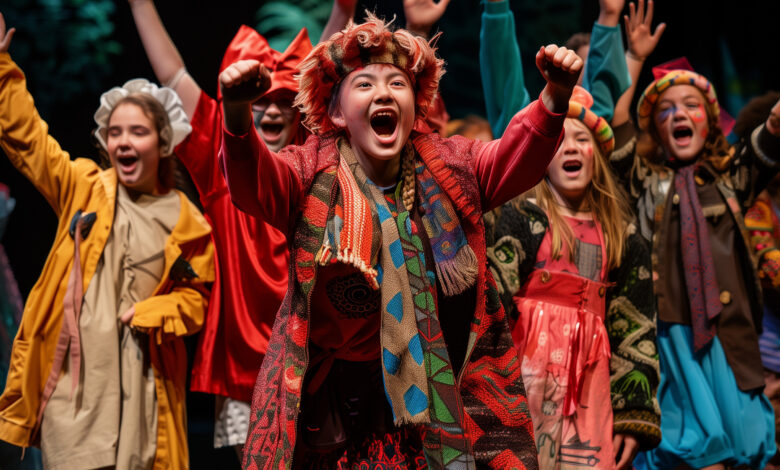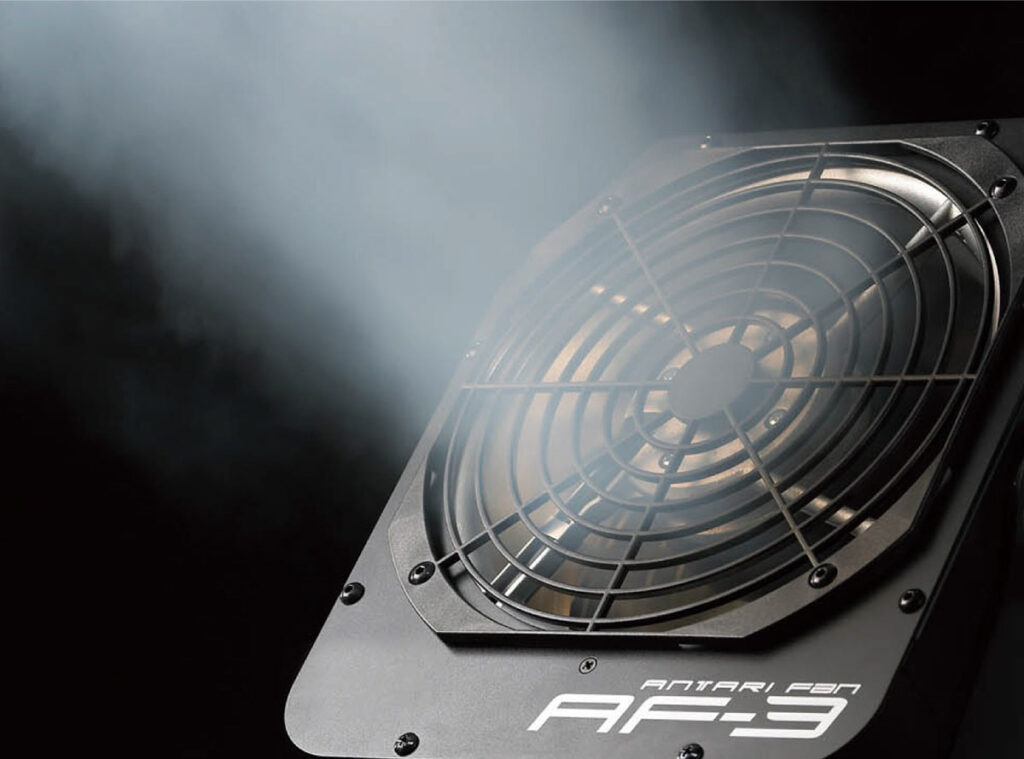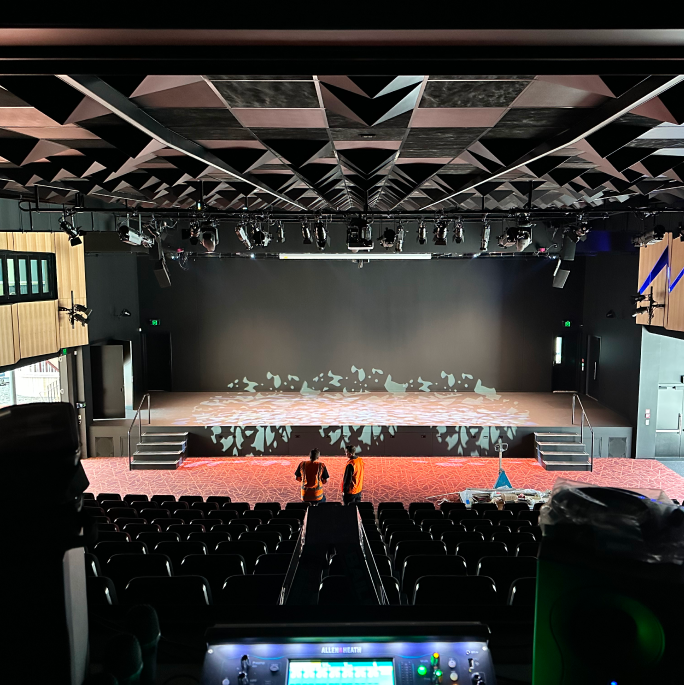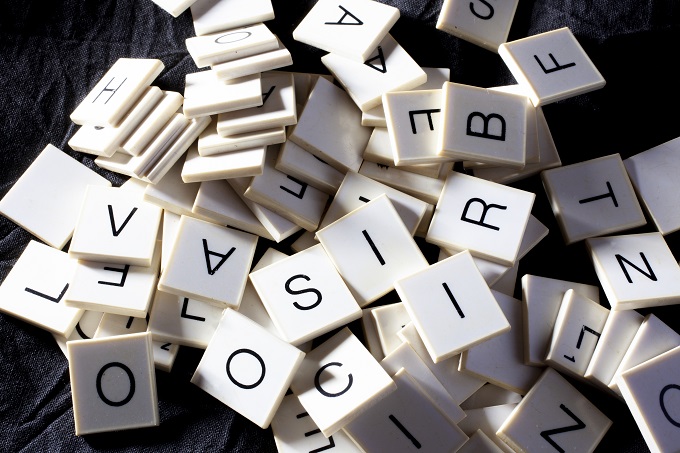Bringing a school production to life
Theatre is much more than performance. Deep skills can be developed across multiple curriculum areas, plus students will have a lot of fun!

Theatre is not just a performance. It’s an opportunity for students to exercise their creativity, to utilise new skills, and to bring a community together through storytelling.
Young people participating in theatre experience heightened engagement, boosting attendance and potentially improving their motivation for school overall. Drama and theatre create inclusive environments where everyone can participate in building an experience. Once the production is realised, the community building impacts ripple out to friends and whānau as people gather to experience the production and celebrate their young person’s achievements.
Read the latest print edition of School News online HERE.
Theatre also teaches empathy in a way that other subjects may not be able to. It enables students to inhabit another person or character, strengthening emotional intelligence that can carry over to peer relationships.
Set, costume, prop design, lighting and sound aspects can also relate to other areas of the curriculum like science, maths and design. This means that theatre can be connected to many areas of learning and enhance student understanding through practical application.
One natural fit is music and theatre. Schools can be drawn to musicals as it enables students to demonstrate their musical ability and to practise instruments.
To stage a musical or dramatic work for a public audience, schools must first obtain a copyright to the script or music. Though this can seem complicated many external agencies are able to assist schools with obtaining copyright, and some musicals or scripts written with schools in mind may be more cost effective than a more well-known story.
Jonathan Neil from Edwards Sound, Lighting & Audiovisual told School News, school productions can rival professional theatre with the right mix of creativity and technology.

“Lighting and sound equipment play a vital role in transforming a school hall into a performance venue, and today’s tools are more accessible than ever.
“Sound and lighting systems can be designed to suit everyday school use—assemblies, speeches, and music—while allowing additional microphones, speakers, and lighting effects to be hired in for larger events like productions. This base-plus-hire model is cost-effective and adaptable.
“LED moving wash lights, for example, have largely replaced traditional Fresnels, offering quiet operation, incredible colour mixing, and dynamic movement—all programmable from a simple lighting desk. Haze machines subtly fill the air to enhance lighting effects, while things like snow machines add magic for winter scenes and musicals.
“Lighting and sound aren’t just technical additions—they create mood, highlight drama, and bring a story to life,” Mr Neil said. “When students see their ideas lit up and amplified with clarity and atmosphere, it boosts their confidence and creates lasting memories for everyone involved as well as useful, real-world experiences for students interested in performing arts, events or entertainment in their future.”
Mr Neil warned, don’t buy the cheapest LED lights you can find. “They are often under spec’d and all you will hear is noisy fans trying to keep the over-stressed internal power supplies cool and you’ll be disappointed. Get quotes and look for the mid-level—you don’t need the most expensive, but something that would at least be acceptable in a theatre is a good place to start.”
Related article: Could an AV system improve learning outcomes and engagement?
Euan Mackenzie from NAS Solutions notes sound has the power to transform a school production from a simple performance into a captivating storytelling experience.

“A well-designed system disappears and lets the performance shine. In recent years, schools have gained access to a wide range of professional-grade audio tools that were once difficult to use, and are now pre-polished with simple user interface.
“For example, a simple microphone volume control may include filters, equalisation, and dynamic compression behind the scenes which lead far better results.”
But Mr Mackenzie stressed it’s not just about the gear. “The value of sound in a school production lies in its ability to carry emotion, shape narrative, and engage an audience,” Mr Mackenzie said. “A whisper that reaches the back row, a well-timed sound effect, or a swell of music at just the right moment can create unforgettable memories for students and their communities.
“When schools invest in sound, they’re investing in confidence, creativity, and collaboration. Students learn to use technology, work together, and take pride in something polished and professional. Sound doesn’t just support the show—it helps bring it to life.”









